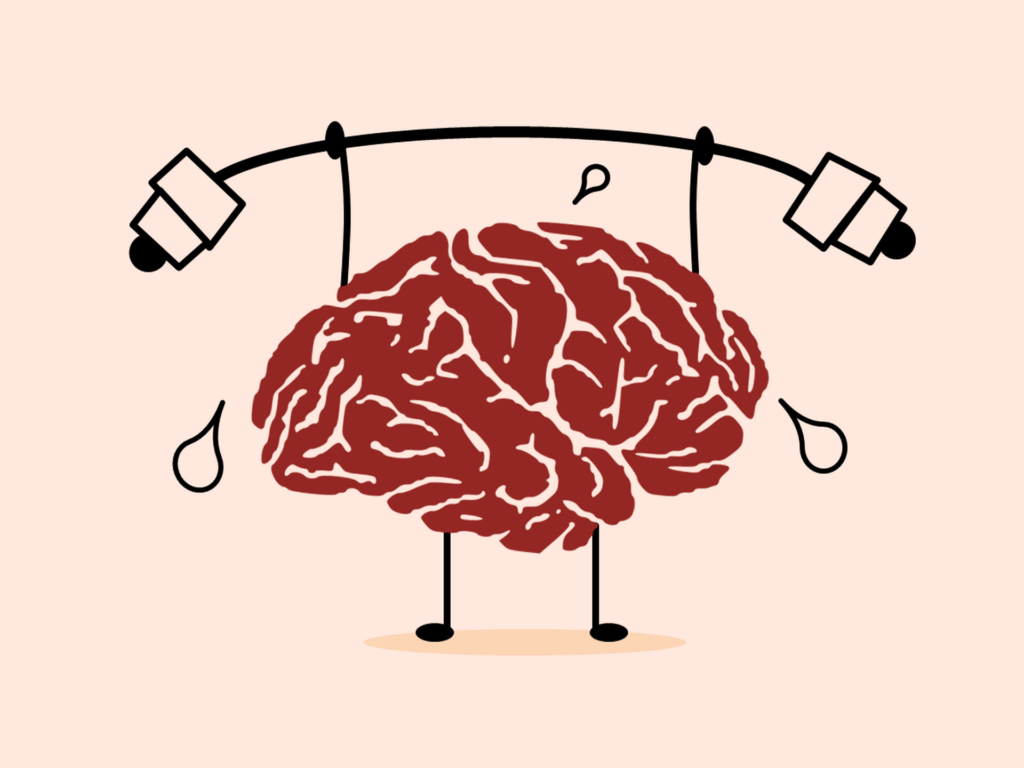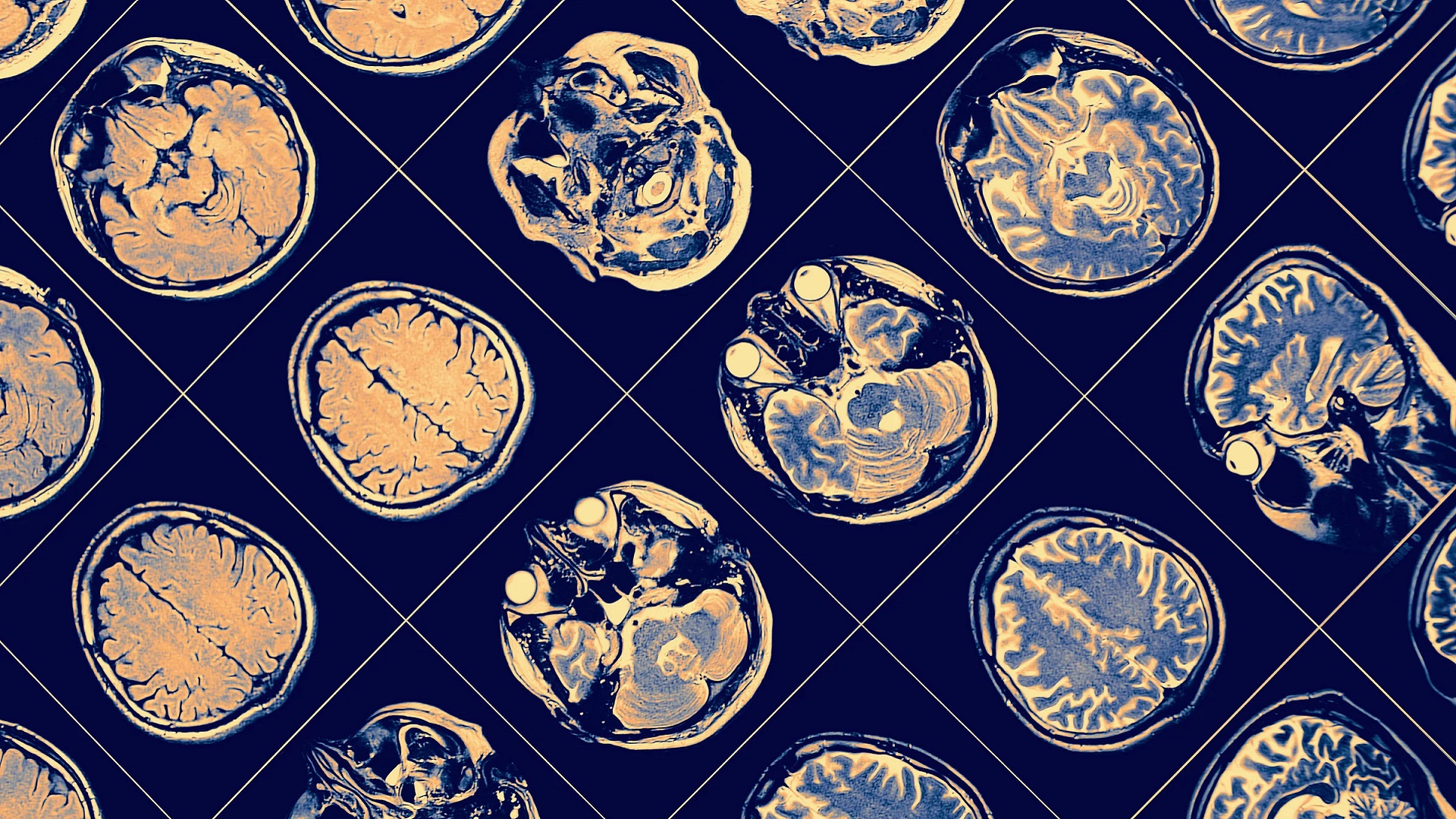This article from The Conversation explores memory, an essential ability to store and retrieve information through a network of interconnected neurons called an engram. Originally introduced over 100 years ago, this concept has been revised with modern advancements. Current research uses innovative technologies to understand how these neural networks facilitate memorization and recall.
Memory is an essential skill that allows us to integrate, retain and restore the information we encounter. This function is not provided by a precise structure of the brain, but by a set of neurons connected in a network and distributed in different regions. Memory constitutes the foundation of our intelligence and our identity, bringing together know-how and memories.
Advertisement
The memory process begins with encoding, where information picked up by the sensory organs is transformed into memory traces, called engrams. These engrams designate a specific group of neurons activated in response to information, such as a text you have just read, for example. Then, during consolidation, this information is strengthened for long-term storage. Finally, recall makes it possible to request information at any time, thus allowing behavior to be adapted based on past experiences. Forgetting occurs when there is no access to this information. Although memory can take different forms, it is often supported by an engram present in various brain regions. In this article, we will return to these different stages in the life of a memory in the brain.
An ancient concept re-studied with modern techniques: the engram
The beginnings of understanding memory as lasting changes in the brain date back to Aristotle and Plato, around 350 BCE. The scientific concept of these alterations was initiated more than 100 years ago by the German biologist Richard Semon. It is he who names and defines the engram as the neuronal basis of the storage and retrieval of memories.
The foundations of modern research on this topic can be traced back to the influential ideas of Ramon y Cajal, a Spanish neurobiologist who won the Nobel Prize in Physiology in 1906, and argued that experience modifies neuronal connections. In fact, we have known since the middle of the 20th centurye century that the simultaneous activation of interconnected cells strengthens their connections. The recent resurgence of engram studies is the consequence of technical advances now making it possible to precisely target neuronsthus facilitating their understanding.
A reinforcing neural network

In light of these findings, we have now been able to refine our understanding of what an engram is. Basically, the creation of an engram results from the strengthening of connections between groups of neurons active at the same time during learning. Connections between neurons occur at a synapse, formed by the connection between two neuronal ends. These synaptic connections result in the formation of groups of neurons working together: this is the engram itself. Thus, when information is stored in the brain, it is represented by a network of neurons interconnected with each other, but which are not necessarily located in the same area. These neurons are not specific to memory, and in addition to integrating the engram, they continue to interact within different networks to perform other functions.
Advertisement
Storing a memory over a long period of time causes changes that manifest on several levels. These adjustments are characterized by an increase in the number of neuronal extensions, thus increasing the number of synapses and therefore the connection between neurons. This strengthening of synaptic connections then increases the likelihood that a pattern of neural activity that occurred during learning will be reproduced later during recall, thereby facilitating retrieval of the memory. To illustrate this concept in a concrete way, imagine having spent some time in a lavender field. The sight of the color purple or the smell of lavender will trigger the activation of the neural network that was active during your walk in this field, thus reviving your memory.
This engram can adopt different states, either active when you remember information, or dormant until the memory resurfaces. It can also be unavailable, meaning it exists but can no longer be activated by an external stimulus.




The key stages of memory: encoding, consolidation and recall
During learning, information that is repeated or carries a strong emotional charge is more likely to be remembered. During their integration into the brain, competition between neurons takes place in different brain regions to be recruited into the formation of an engram. The most active neurons linked to the sensory information of the memory win and become engram cells. This coordination between active neurons strengthens the synaptic connections between these neurons, thus initiating the formation of the network constituting the engram.
During consolidation, the engram undergoes a transformation from its initial unstable and sensitive state to a more durable and resistant state. This transition is enabled by certain proteins essential to the activity of neurons and their connections. This process occurs during sleep, where we observe a reactivation of the neurons involved.
In the presence in our environment of elements similar to those of the memory, the latter can then resurface: this is the recall. This process involves the reactivation of the engram. During recall, neurons that were active during learning become reactivated. But upon retrieval, the memory may become temporarily unstable, destabilizing the engram that supports it. New connections may form while others may be lost. For example, when you share a memory with another person, you are describing it with your subjectivity, which can cause the event to change from how it actually happened. These modifications can be integrated as part of the memory itself by dint of being told or remembered.


Memories change over time
The engram is therefore not immutable. A memory also changes over time depending on the degree of emotion associated with it. We can then lose the details and only keep a positive or negative sensation depending on the importance that this memory has for us. Consider an old memory from a beach vacation, where you only remember the pleasant feeling of warmth, without remembering specific details such as the date or time. At the cerebral level, this results in a modification in the number of neurons and connections associated with this memory.


As for forgetting, it is a phenomenon generally defined as the absence of behavioral manifestation of a memory, even if it could have been successfully recalled previously. For example, this oversight can occur when you are asked the date of death of Vercingetorix: you learned at school that it was 46 BC. AD, but you subsequently forgot it because it perhaps no longer had any use in your life.
Forgetting can also be pathological, and associated with certain diseases such as Alzheimer's disease. Even if the information is of real emotional importance, like your parents' first name, illness may prevent you from accessing it. According to this perspective, forgetting can then result either from a total degradation of the engram, leading to unavailability of the memory, or from a recall problem. The brain being a very plastic organ, it can happen that there are synaptic modifications at the level of an engramwhich destabilizes it and then increases the probability of forgetting.
Missed memories, soon to be found?
However, this remodeling does not necessarily lead to a complete erasure of the memory, but rather to a silencing of the engram. “Silent” engrams have, for example, been observed in amnesic mice, and the artificial reactivation of these engrams allows memory recovery, whereas natural cues in the environment cannot. These results suggest that forgetting is often due to a failure to retrieve the memory, rather than its complete erasure. One of the hypotheses put forward for diseases affecting memory would be that memories can be silent rather than lost strictly speaking.
Our study, currently being published, uses tools in mice to record the direct activity of the neurons forming the engram at different stages of its formation. Thanks to the activity of these neurons and the tools developed in collaboration with mathematicians, we reconstruct the functional connectivity maps defining the engram. This connectivity corresponds to the fact that we can associate the activity of the recorded neurons with the actions carried out by the mouse during this recording. Thus we can follow the engram during the processes of learning, consolidation, recall and forgetting and study its dynamics. In the long term, the objective would be to exploit these results in order to better understand the acquisition, storage and use of information in humans, and thus potentially facilitate the treatment of memory and cognitive disorders. other cognitive dysfunctions.




Maxime VilletPhD student in behavioral neurobiology, Côte d'Azur University
This article is republished from The Conversation under Creative Commons license. Read theoriginal article.
